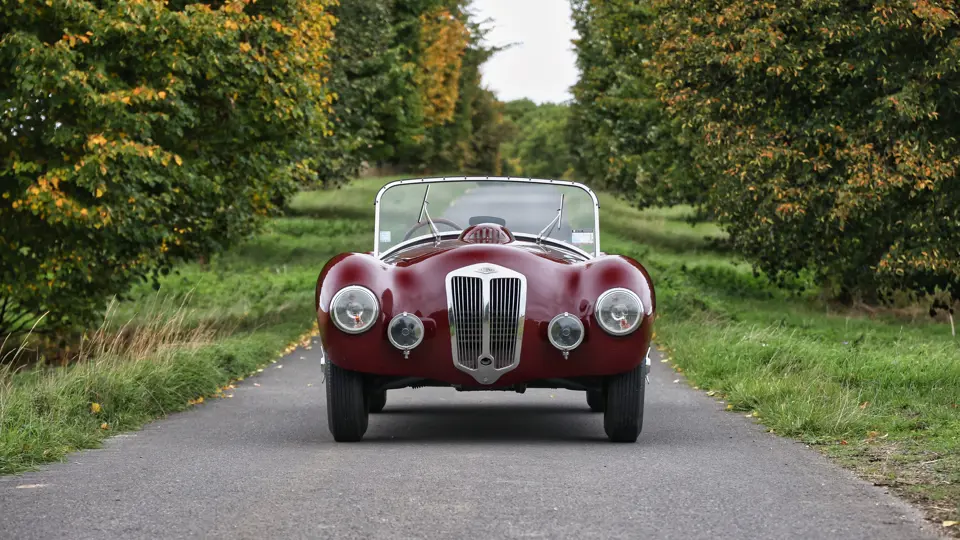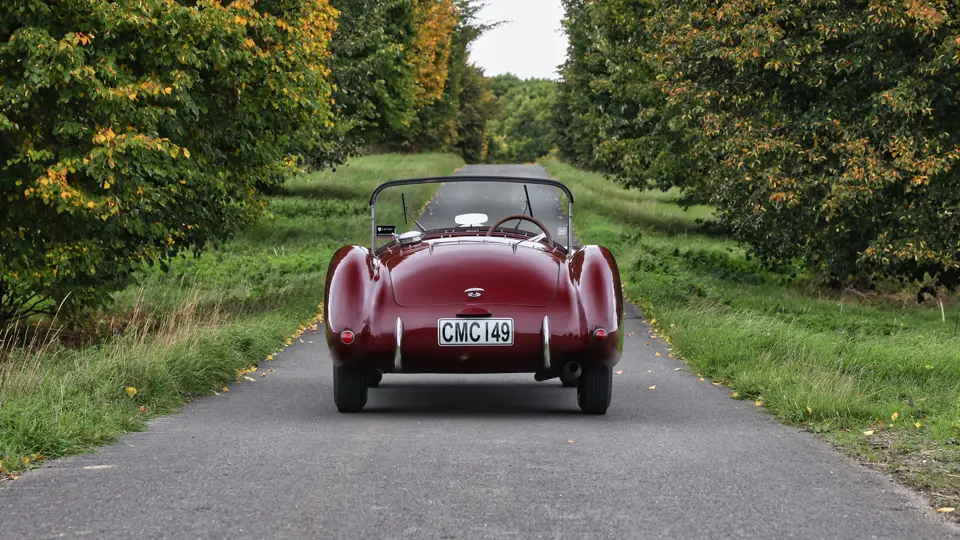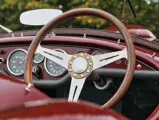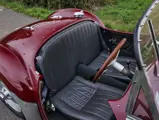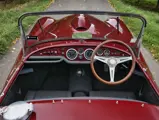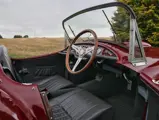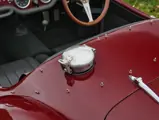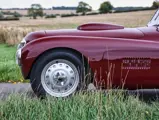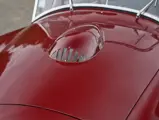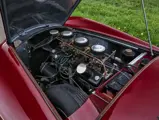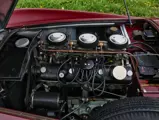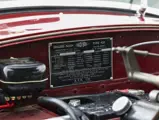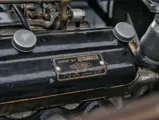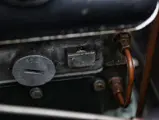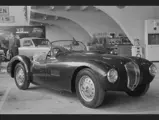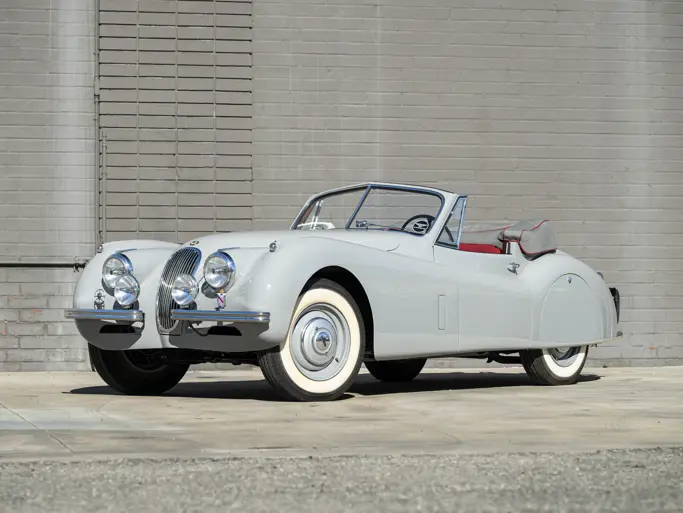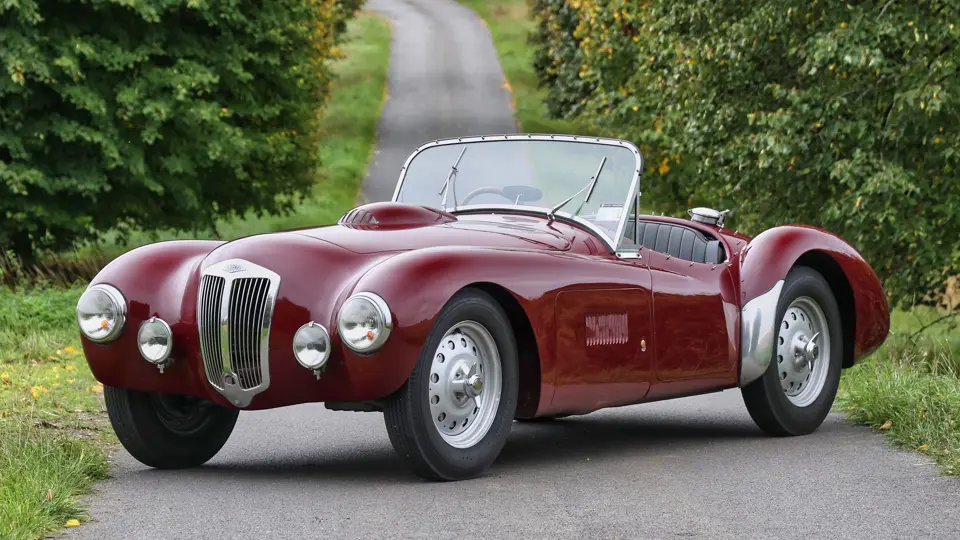
1952 Frazer Nash Mille Miglia
{{lr.item.text}}
£550,000 - £650,000 GBP | Not Sold
{{bidding.lot.reserveStatusFormatted}}
- One of 11 examples of the Mille Miglia built by Frazer Nash
- Displayed at the 1952 Turin Motor Show before delivery to the United States
- Offered from 47 years of single ownership
- Fully restored in 2005 by Leitch Motorsport & Restoration in New Zealand
- Eligible for the Mille Miglia, Le Mans Classic, Goodwood Revival, Monaco Grand Prix Historique, among other events
Frazer Nash’s pre-war origins as a producer of lightweight sports cars punching far above their weight stood it in good stead for the period of post-war recovery. The Aldington brothers’ masterstroke was to use their experience with importing right-hand-drive BMWs to heavily influence the course of Frazer Nash’s development. With the help of former BMW technical director Fritz Fiedler, the BMW 328 design was used as the basis for the new Frazer Nash models, with handling and performance being the objectives for HJ Aldington.
Nearly all the Mille Miglias featured an A-frame “100-series” tubular chassis, which was designed by Fiedler. The cars were powered by 2-litre six-cylinder BMW-derived FNS1 engines, designed specifically for Frazer Nash. Utilising triple-Solex carburettors, the rorty engines produced between 110 and 126 horsepower, depending on the compression ratio. One intelligent use of technology for Frazer Nash was to design a lightweight-yet-strong chassis that could be fitted with different bodies simply by changing body frame.
Arguably the best looking of all post-war Nash models was the Mille Miglia. Its aesthetic origins began with the 328 Mille Miglia 'Büegelfalte', Frazer Nash ‘Fast Tourer’, and ‘Superleggera Spyder’, which was coachbuilt by Carrozzeria Touring of Milan. There is hardly a flat surface on the car, with curvaceous wings leading to a stunningly waisted bodyline just in front of the rear axle. The rear of the car is equally curved around the rear lights and perfectly resolves the design. Styled only in part for aesthetics, much of its shape was defined by contemporary aerodynamic understanding, while the car featured practical features such as a spare-wheel carrier under the nearside wing.
Chassis 421/100/168 (FN168) was the last “100-series” Frazer Nash produced and the final Mk 1 Mille Miglia to leave the Isleworth factory. It was completed on 8 April 1952 before being shipped to the 1952 Turin Motor Show. It was a proud moment for Frazer Nash, as the Mille Miglia lined up alongside the latest offerings from Italy’s finest coachbuilders. On 30 June, it was sold to J. Stuart ‘Duke’ Donaldson, a major exponent of the marque on the East Coast of America. ‘Duke’ Donaldson kept his Mille Miglia for just under three years before it was sold to Perry Boswell of Boca Raton, Florida. Boswell swapped FN168 with his friend, Jerome Saubers, in exchange for the ex-Sebring winning Le Mans Replica. Saubers, a USAF pilot, was posted to Hawaii and took his Mille Miglia with him before selling it to Robert Scott via Motor Imports of Honolulu in 1957.
By 1975, chassis FN168 had been stored for several years in a warehouse following an accident that damaged the front nearside corner. corner. The engine was complete with its original cylinder head stamped "FNS1/34" but with an unstamped block, presumed to have been changed in period. The current consignor had remained in Hawaii after his military service as a navigator of an F-4 Phantom. After the tip-off from a law school friend—with the help of two other “shareholders”—he became the proud owner of this Mille Miglia. Restoration progress was slow owing to the owner starting a career in law. Disassembly began in 1978, with attention being paid to the chassis and rear axle. By 1985 the owner had moved to California; meaningful progress would have to wait until 1999, when the chassis and body were repaired.
In 2004, the consignor decided that the upcoming 2005 Frazer Nash Club’s tour of New Zealand was the ideal event to aim for completion, so shipped chassis FN168 to Leitch Motorsport & Restoration. Leitch carried out a complete mechanical rebuild while returning the Mille Miglia back to its original colours of Bristol Maroon over Grey leather. The restoration was completed in February 2005, and the car successfully completed the tour. Since then, chassis FN168 has been registered in New Zealand and has been continually enjoyed on the road. Remedial works were carried out by marque experts Blakeney Motorsport in 2022.
Today, this gorgeous Mille Miglia presents as a mellowed older restoration. Chassis FN168 could be enjoyed simply as a beautiful road car for driving tours or be race-prepared to compete in any number of the major events for which it is eligible for, including the Monaco Grand Prix Historique, Le Mans Classic, Goodwood Revival and its namesake, the Mille Miglia. Only 11 cars were produced in period, and the opportunity to own such a beautiful car that can compete in so many events is unlikely to be repeated soon.





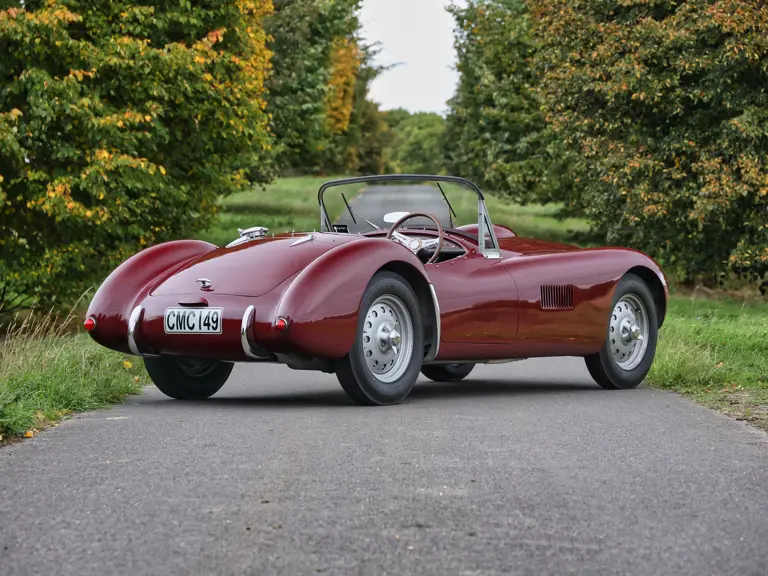

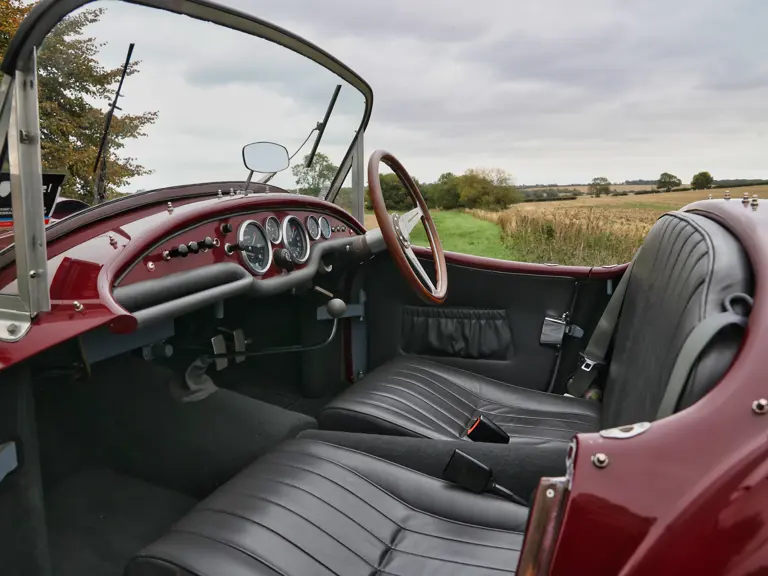
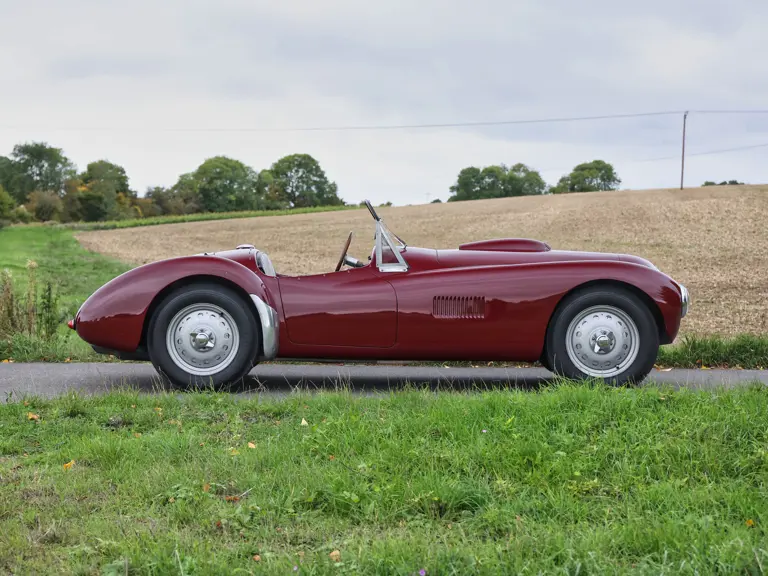
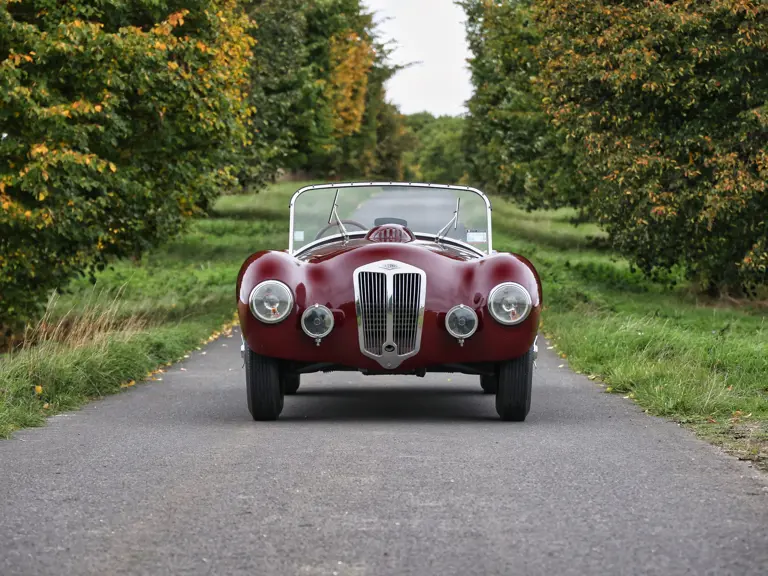

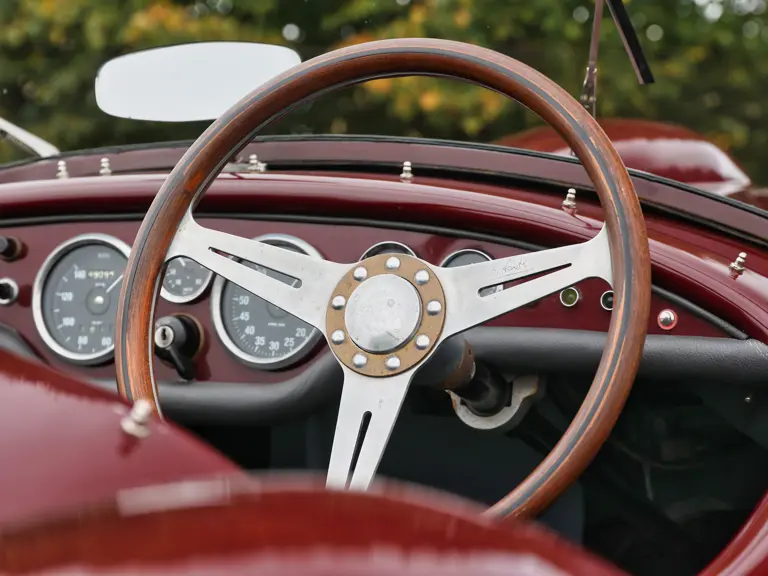
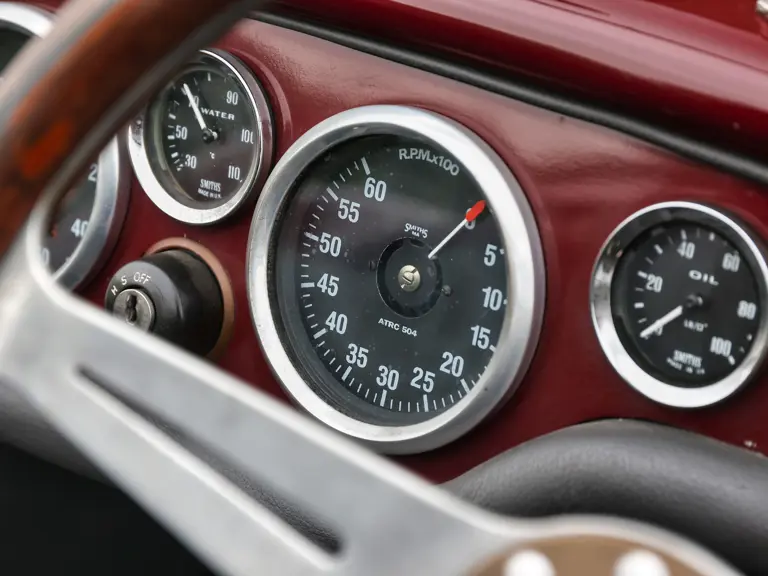
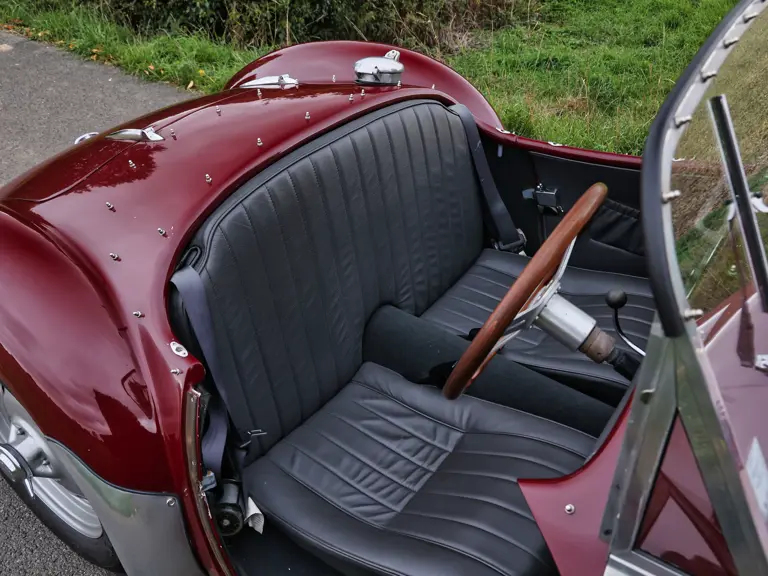
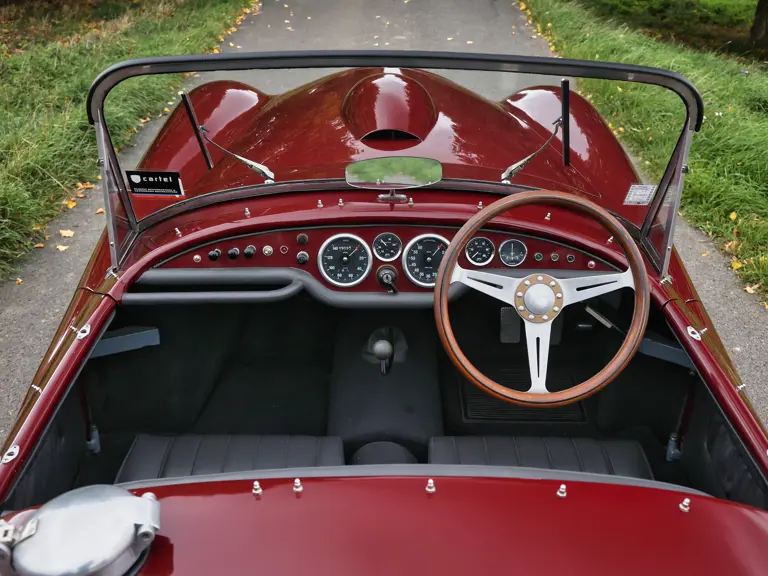
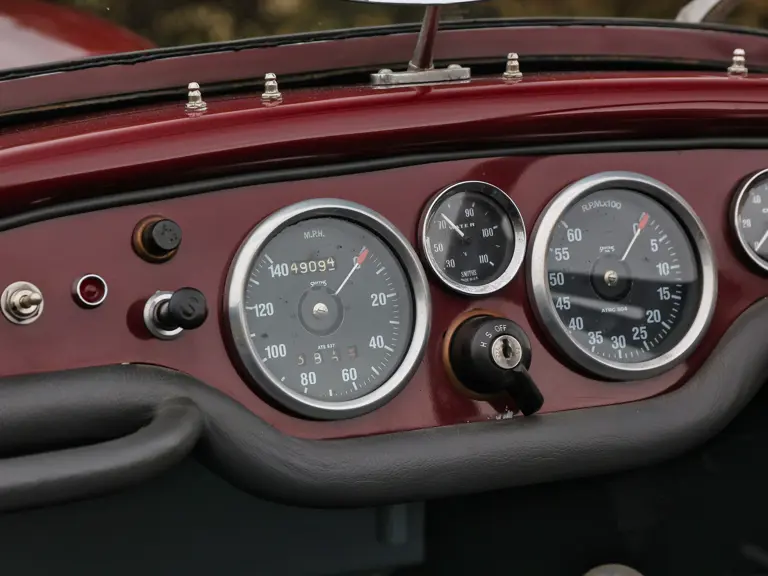

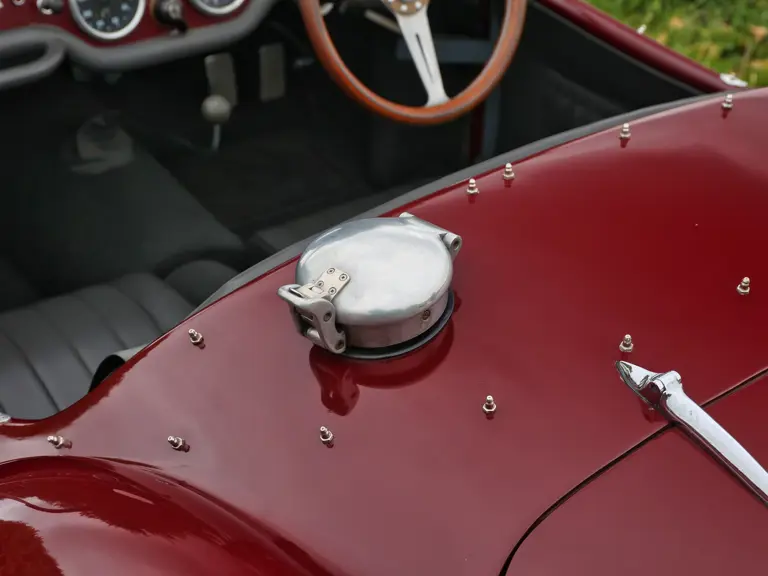

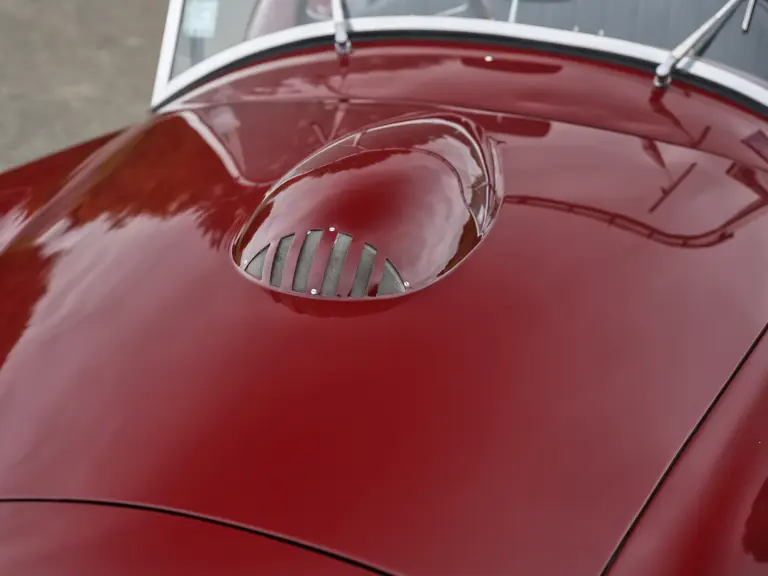
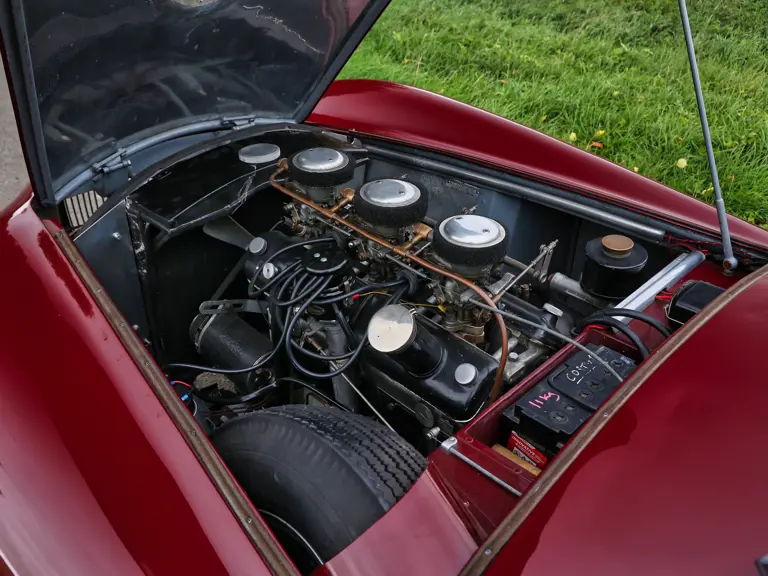
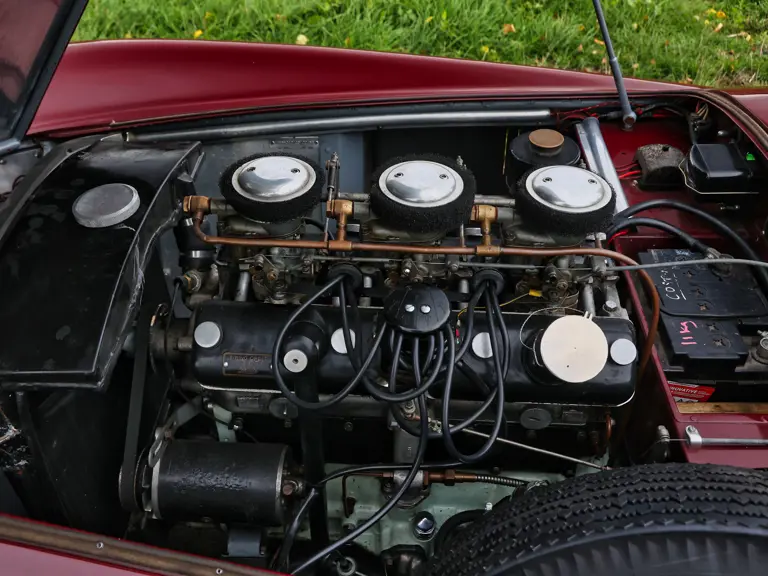
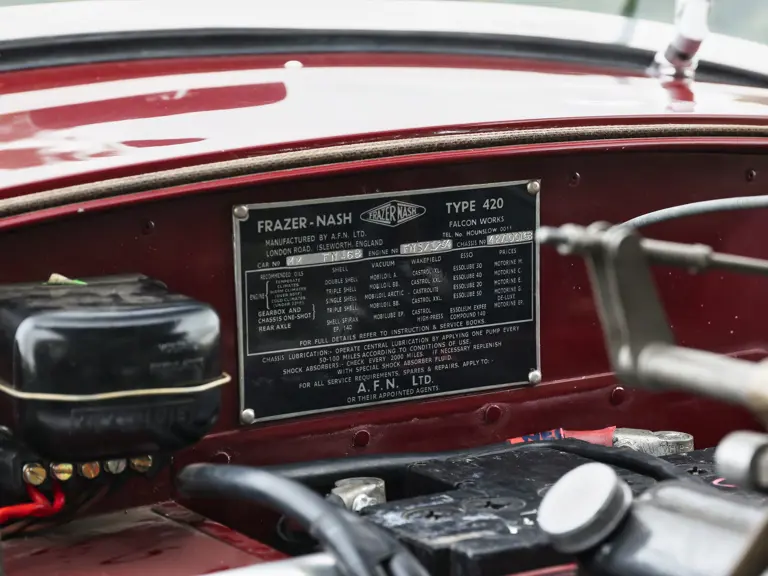
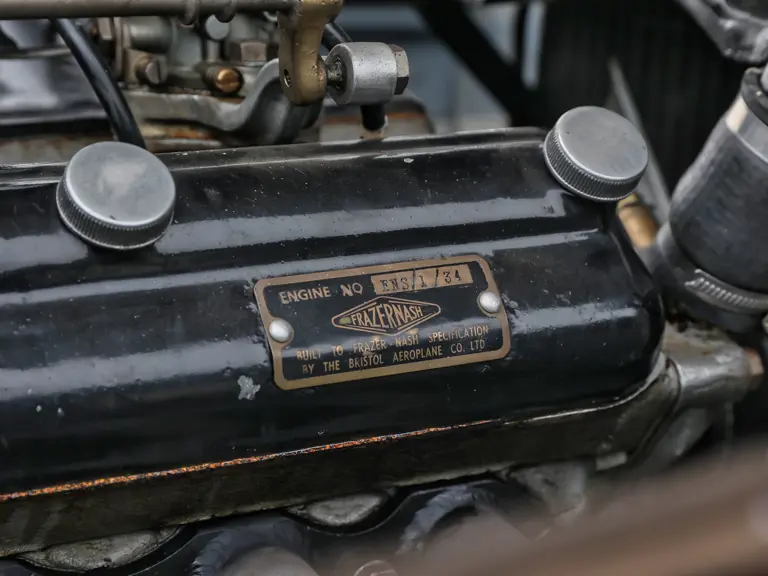
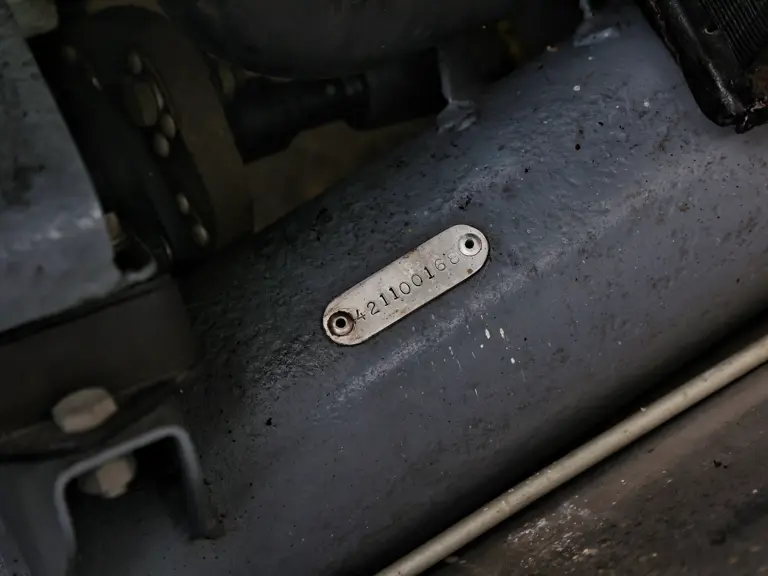
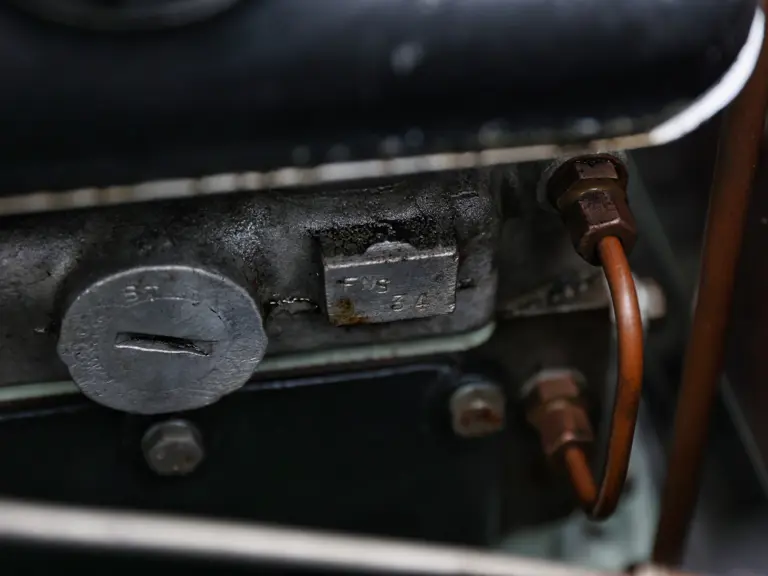

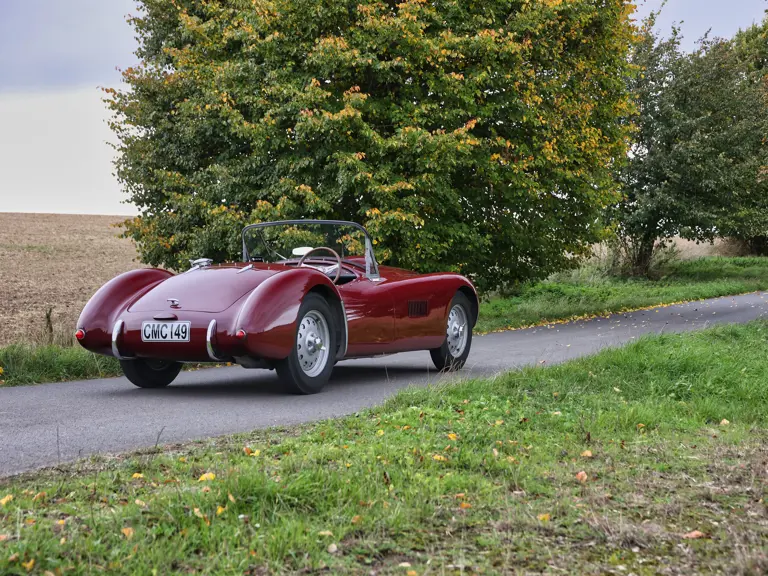
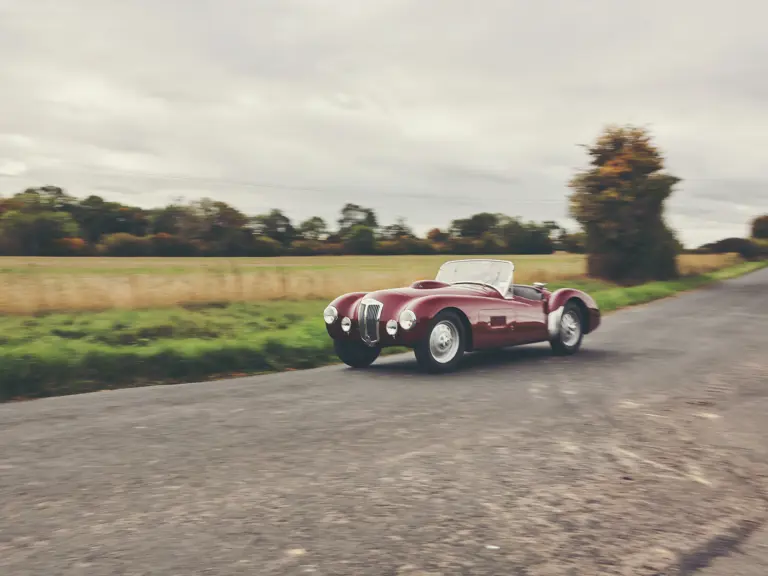
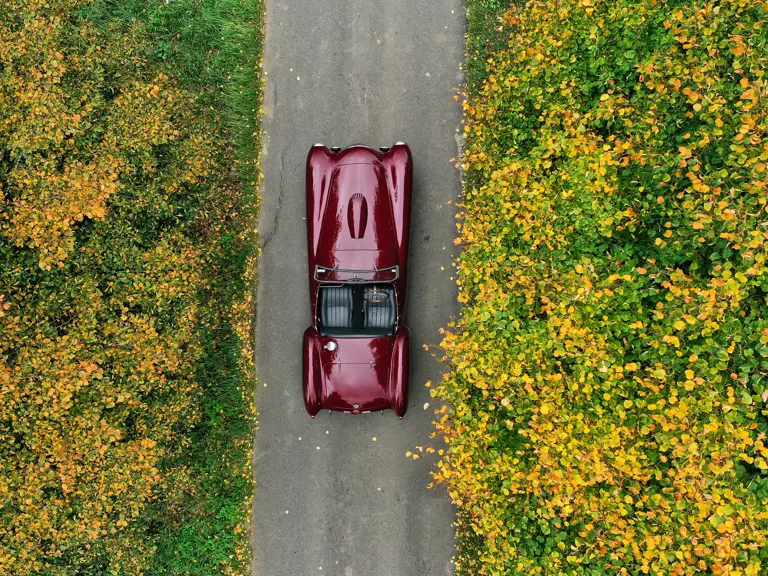
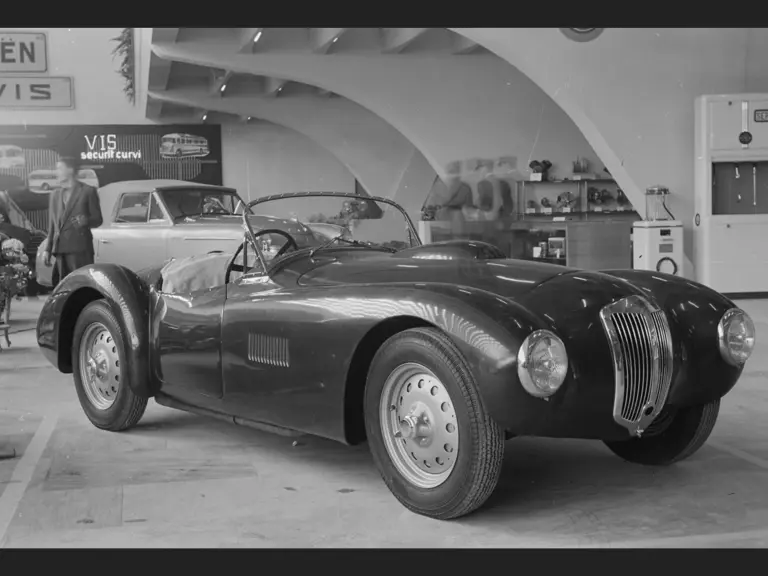
 | London, United Kingdom
| London, United Kingdom

